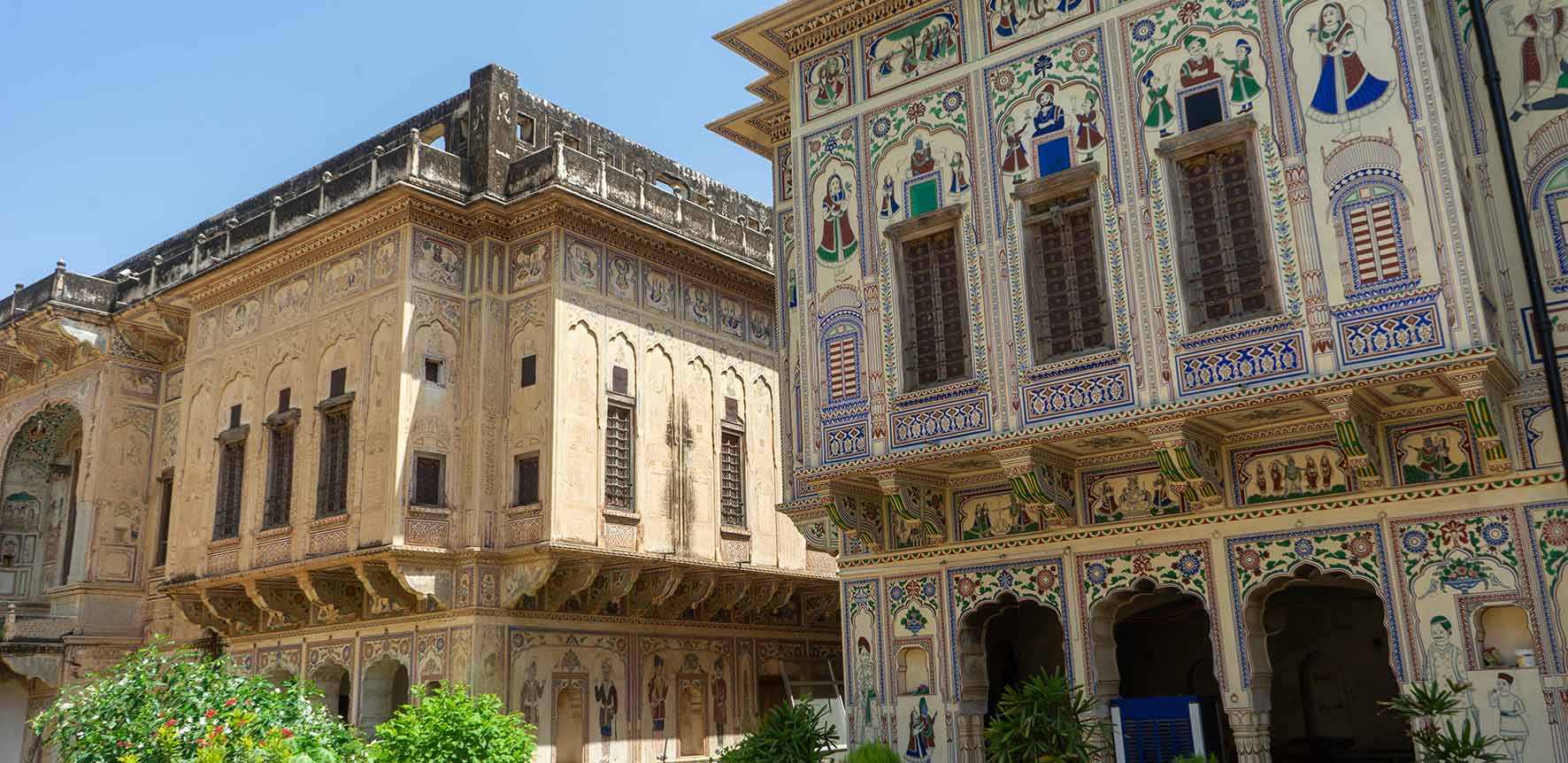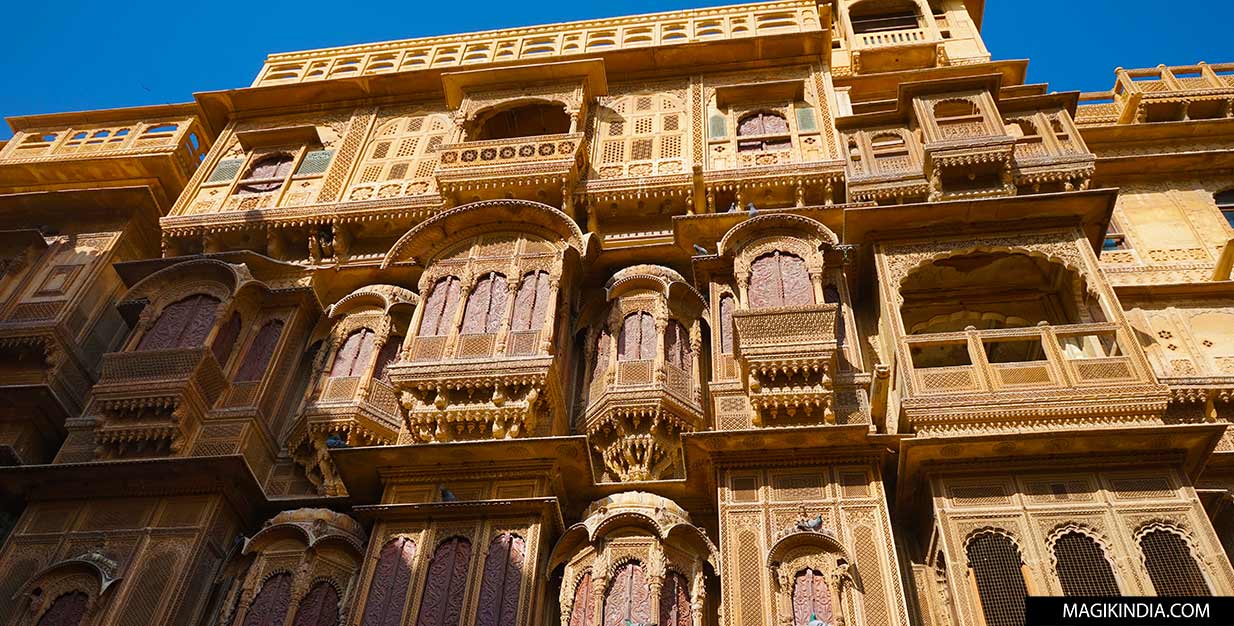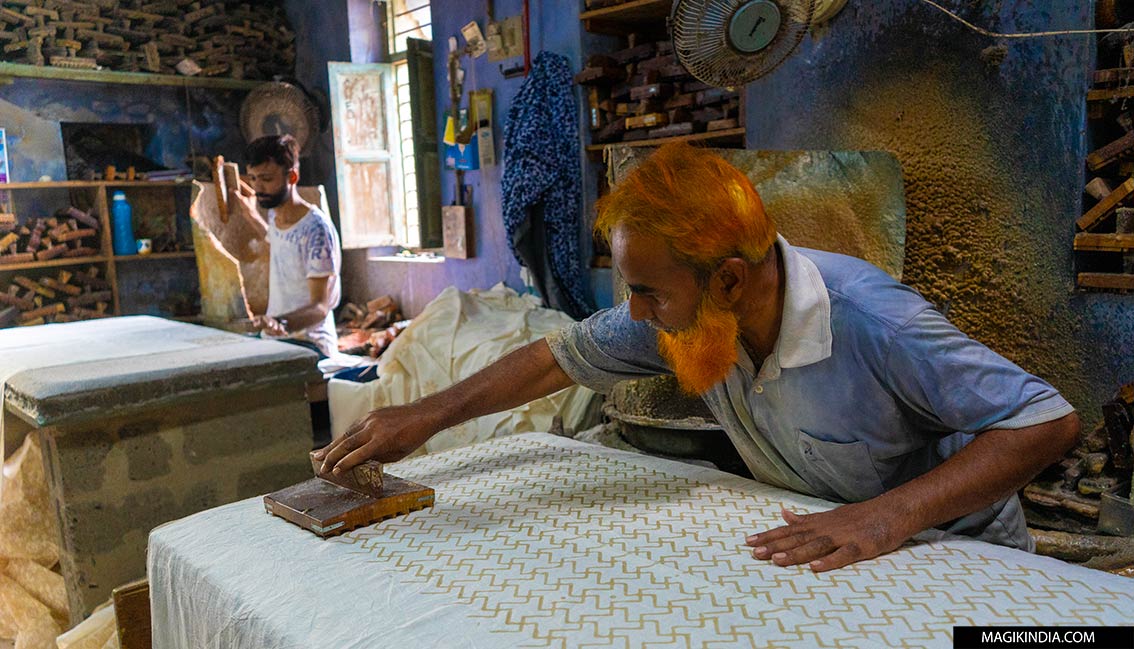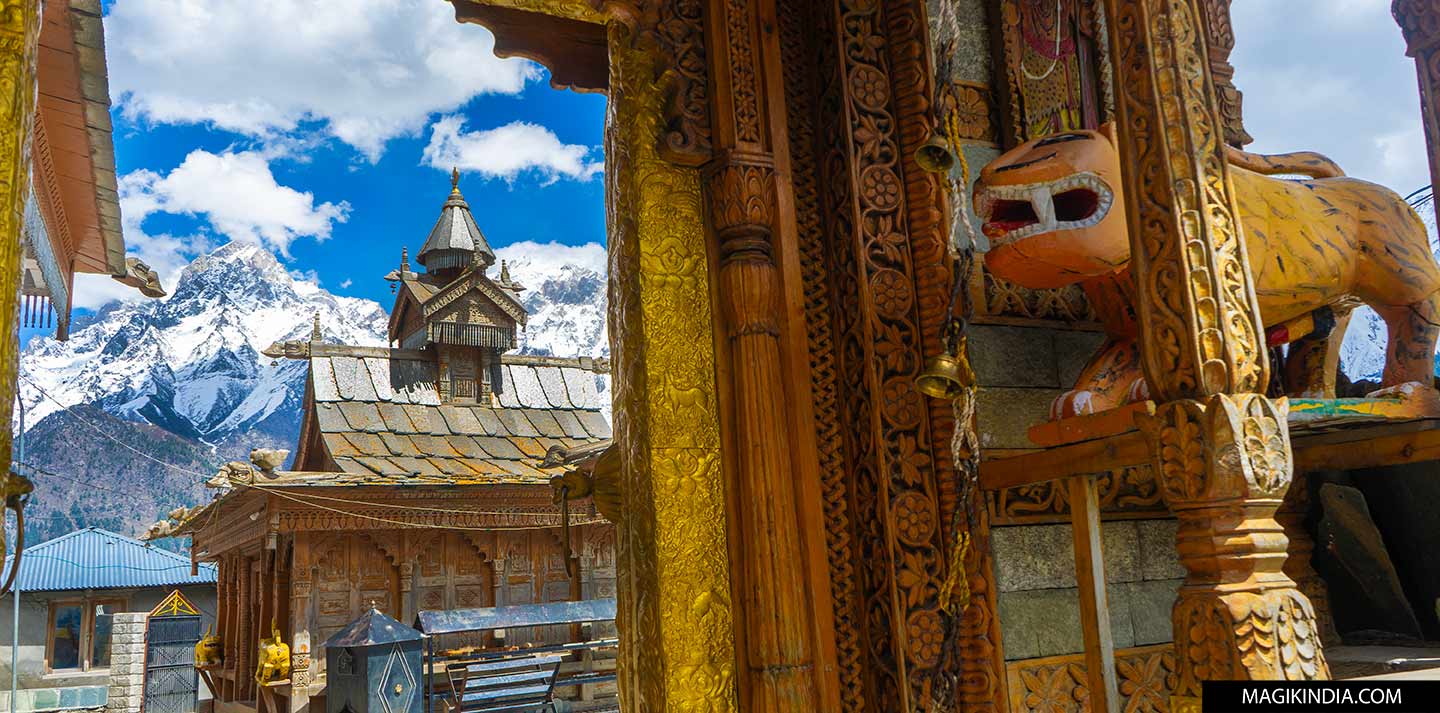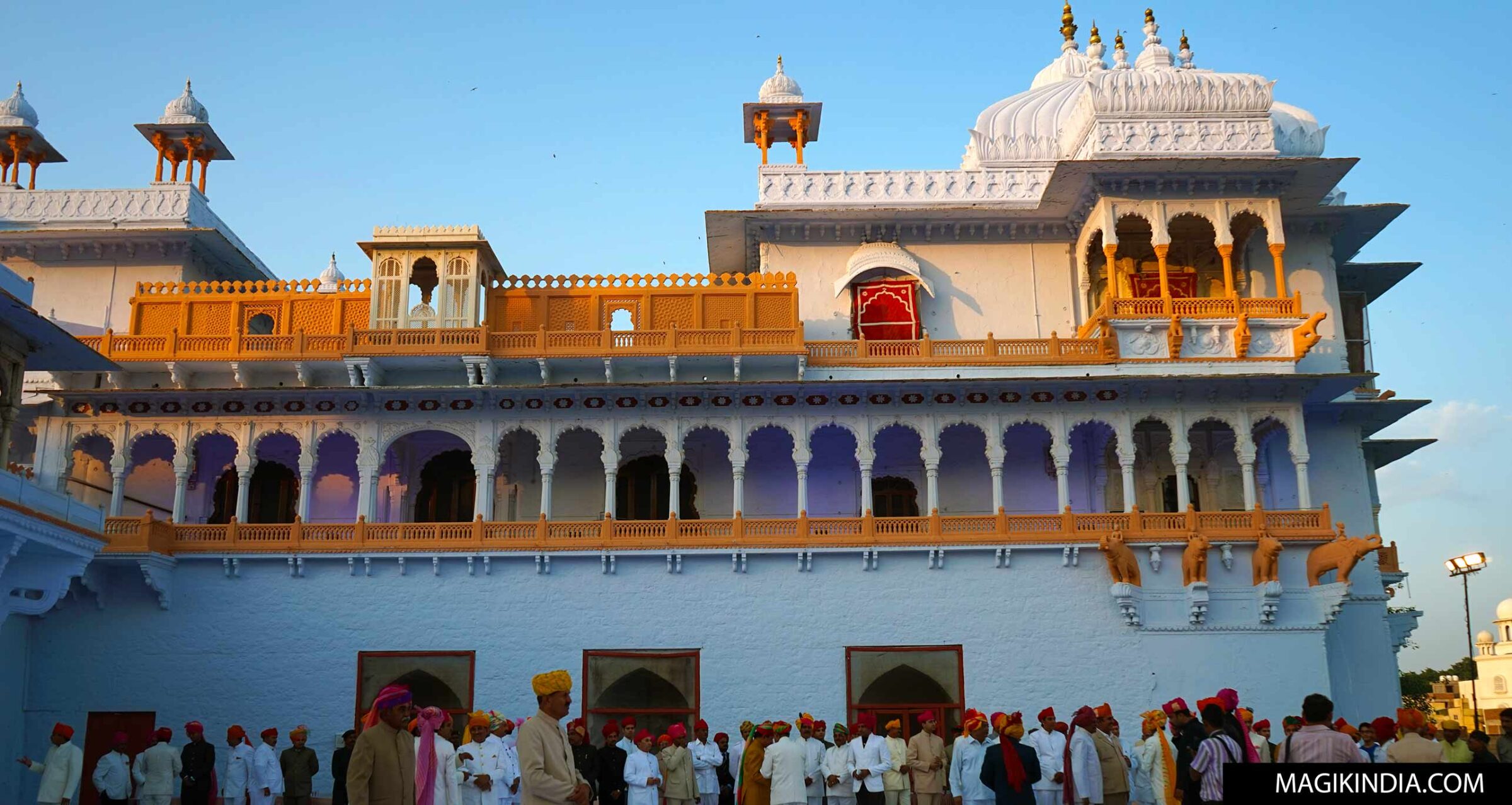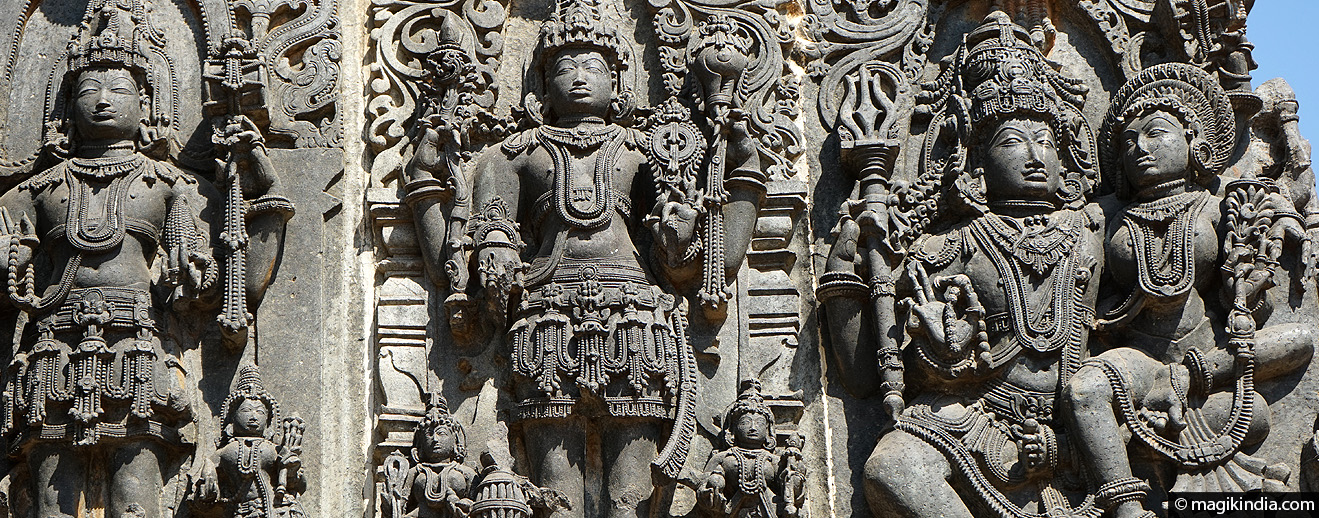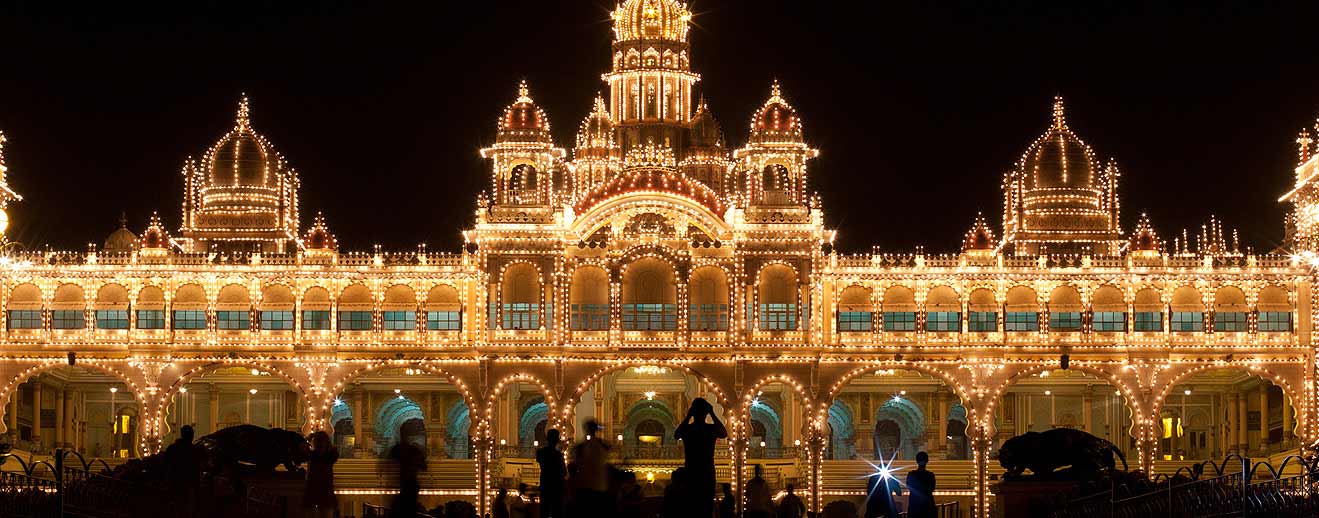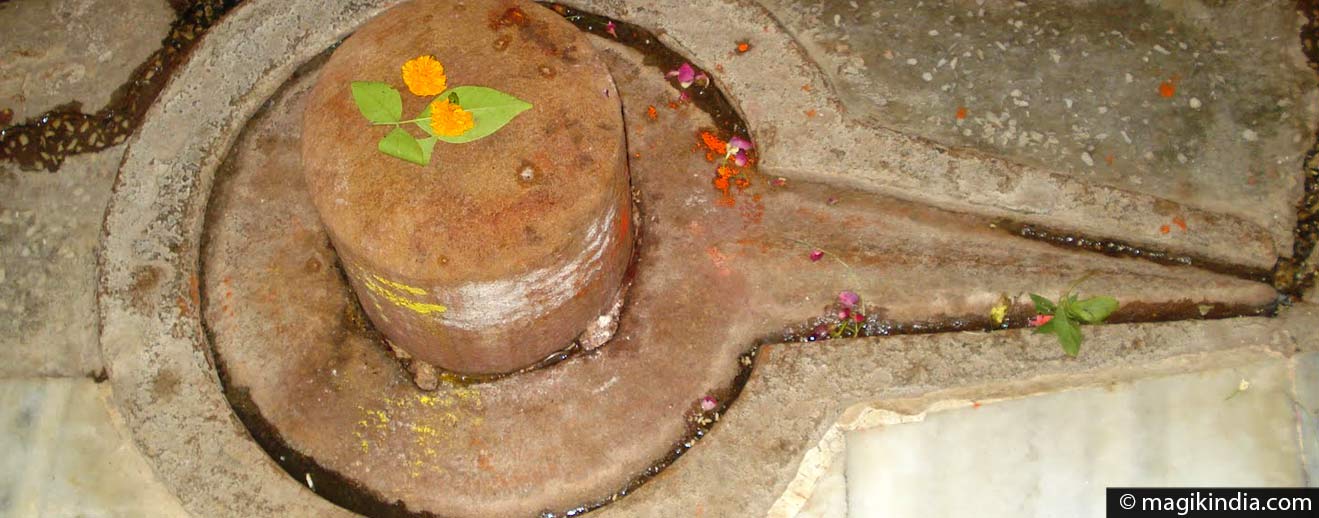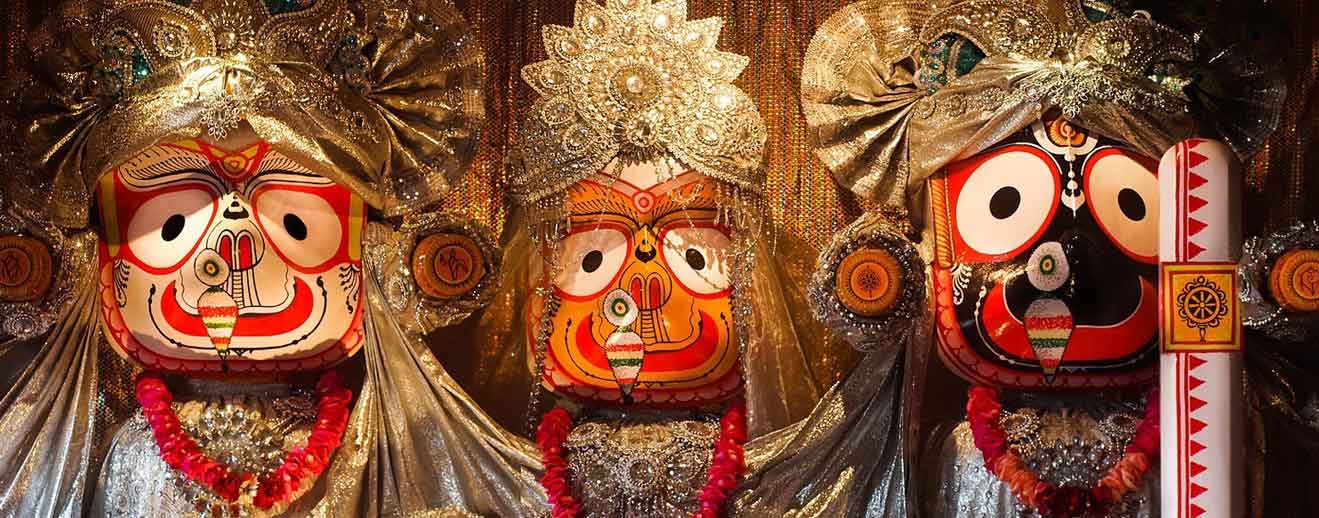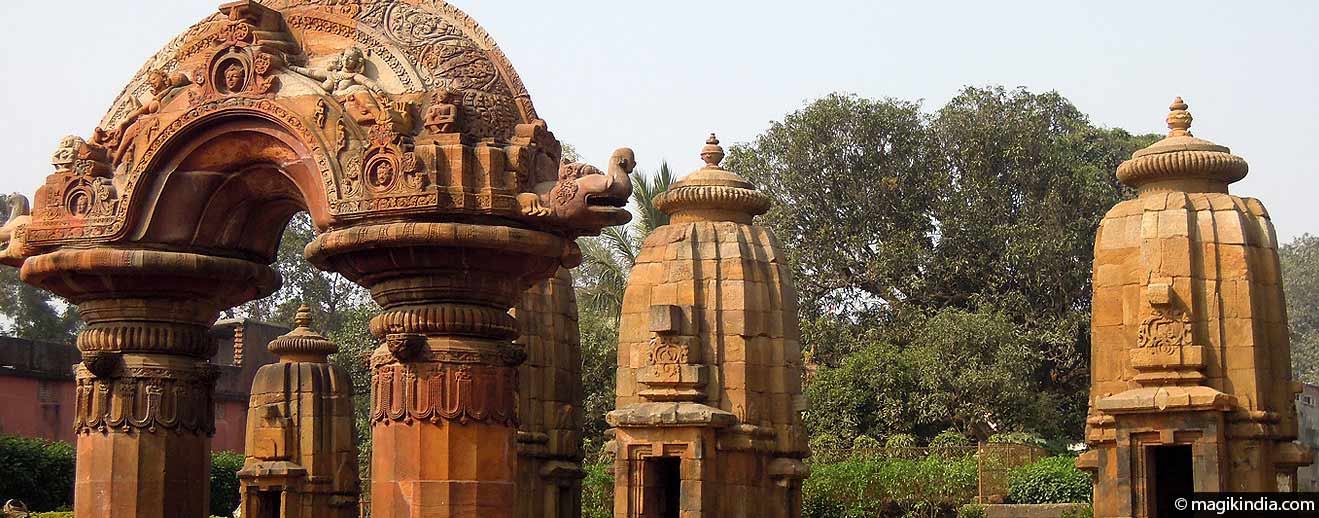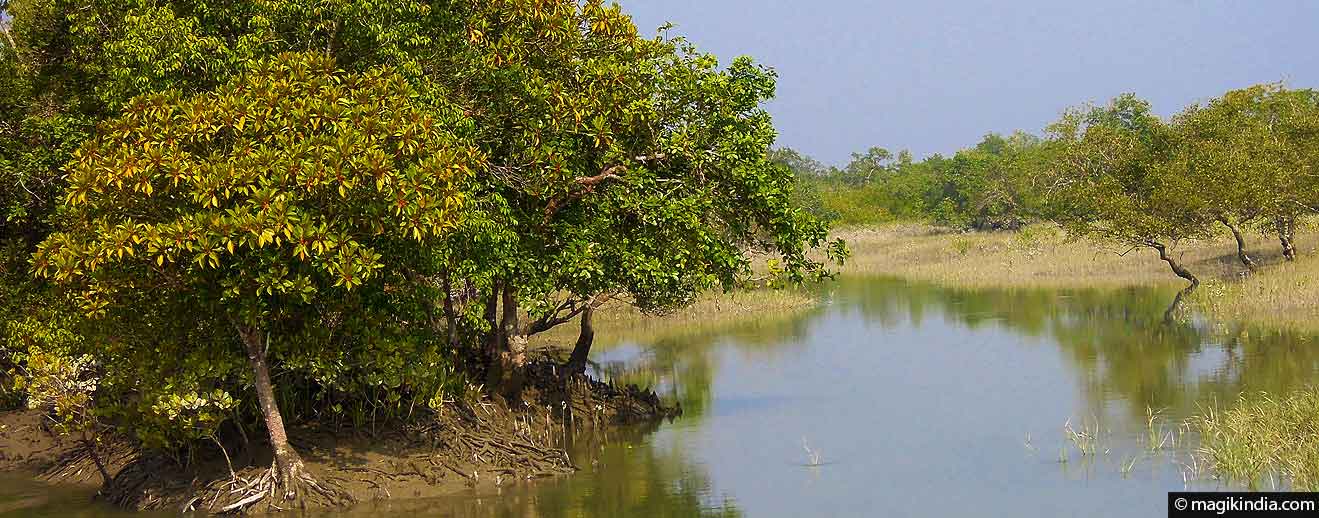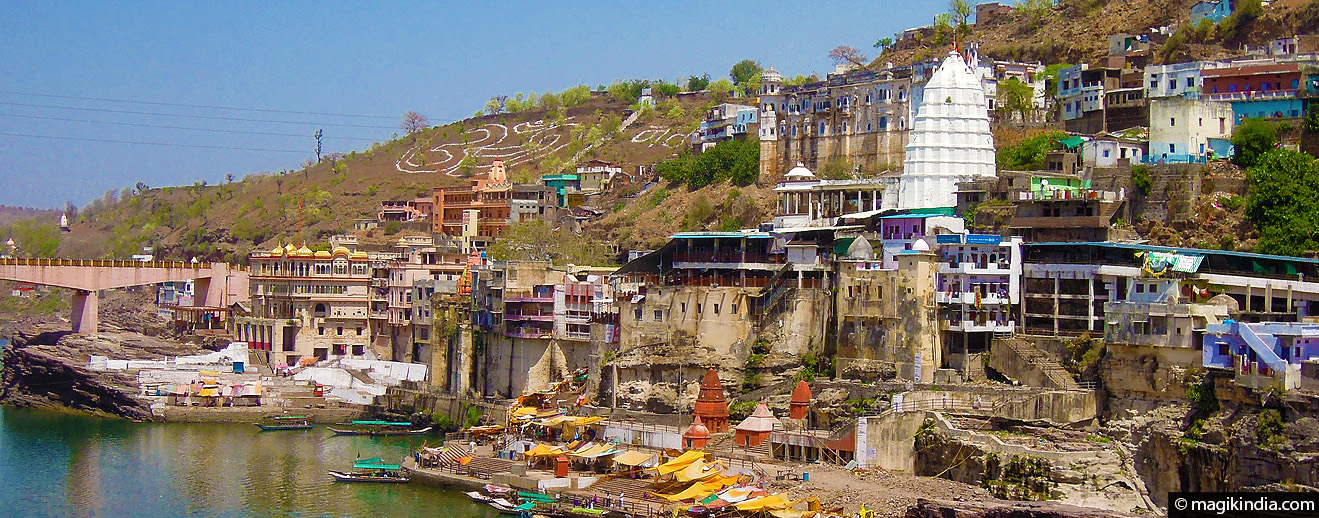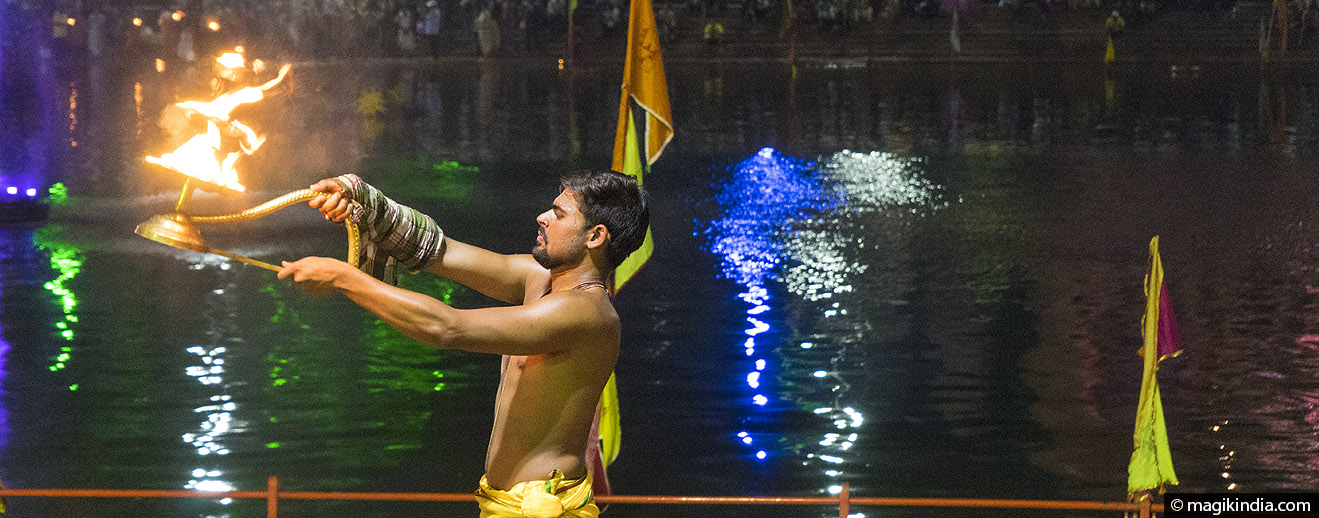
Namaskaram !
Welcome, Padharo ! I'm Mathini, a French woman who has been living in Rajasthan for 10 years. Despite being imbued with Indian culture from a young age it wasn't until 2014 that my Indian adventure really began. I left everything behind in France and set off on a 6-year journey through the land of Gandhi. These adventures are gathered in this blog which aspires, in an intentionally positive spirit, to bear witness to India's remarkably diverse and multifaceted cultural heritage. If this website sparks a desire to pack your bags and set off for an Indian adventure, it will have achieved its purpose. Subh Yatra on Magik India and beautiful explorations in the sacred land of Bharat...
Halebid, or Halebidu, was the capital of the Hoysala empire in the 12th and 13th centuries. This dynasty has left a monument of unparalleled splendor, the temple of Hoysaleswara. The richness and finesse sculptural details are undoubtedly the most exquisite example of Hoysala architecture.
The first image that comes to mind when I think of Mysore is its incredible palace, sparkling with thousands of lights. But this city of Maharajas has far more to offer: its famous flower market, its Indo-Saracenic architecture (legacy of the British Raj) and its open-air Nandi sanctuary on Chamundi Hill. Together these have made it one of the most visited towns in Karnataka.
Grishneshwar is located near the Ellora caves, in a small village called Verul in the state of Maharashtra. There stands one of the 12 Jyotir Lingams or “Lingams of light”. It is believed to be the last Jyotir Lingam, where the pilgrimage round the Jyotir Lingams ends.
Puri, a major Hindu pilgrimage town, is the abode of residence of Jagannath, “lord of the universe”, one of the aspects of the god Vishnu or his avatar, Lord Krishna. The town is entirely dedicated to him. Puri is also one of the Char Dham, India’s four main pilgrimage centres. Devotion here reaches its peak at the Ratha Yatra (chariot festival).
Bhubaneshwar, “lord of the three worlds”, is the capital of Odisha (formerly Orissa). It fully deserves its nickname of “city of temples”. Built over 2000 years ago and at one time contained thousands of temples. It still boasts several hundred and together with Puri and Konark forms a Swama Tribhuja or “golden triangle”.
 Even if the royal Bengal tiger never shows his furry face, this trip among the mangroves will leave you with some totally enchanted memories. The Sundarbans (“beautiful forest” in Bengali) is the largest salt-tolerant mangrove forest in the world and has been a Unesco World heritage site since 1987.
Even if the royal Bengal tiger never shows his furry face, this trip among the mangroves will leave you with some totally enchanted memories. The Sundarbans (“beautiful forest” in Bengali) is the largest salt-tolerant mangrove forest in the world and has been a Unesco World heritage site since 1987.
Omkareshwar is one of India’s holiest cities. It is the home of “the Lord of the sound Om“, one of the 12 Jyotir Lingams or “lingams of light”. At Omkareshwar the river Narmada divides into two channels around an island called Shivapuri. The island, 4km long and 2km wide, is said to be in the shape of Hinduism’s symbolic syllable “OM” (ॐ) – whence the name Omkareshwar.
Ujjain stands on the right bank of the Shipra, an affluent of the Ganges. It is one of the oldest holy cities in India. Its various names are Avantika, Pratikalpa, Kanakasrnga, Amaravati, Shivapuri, Chudamani, Kumudvati and also Ujjainyini, “he who conquers with pride”, because it is said to be the place where Shiva triumphed over the demon Tripura.




